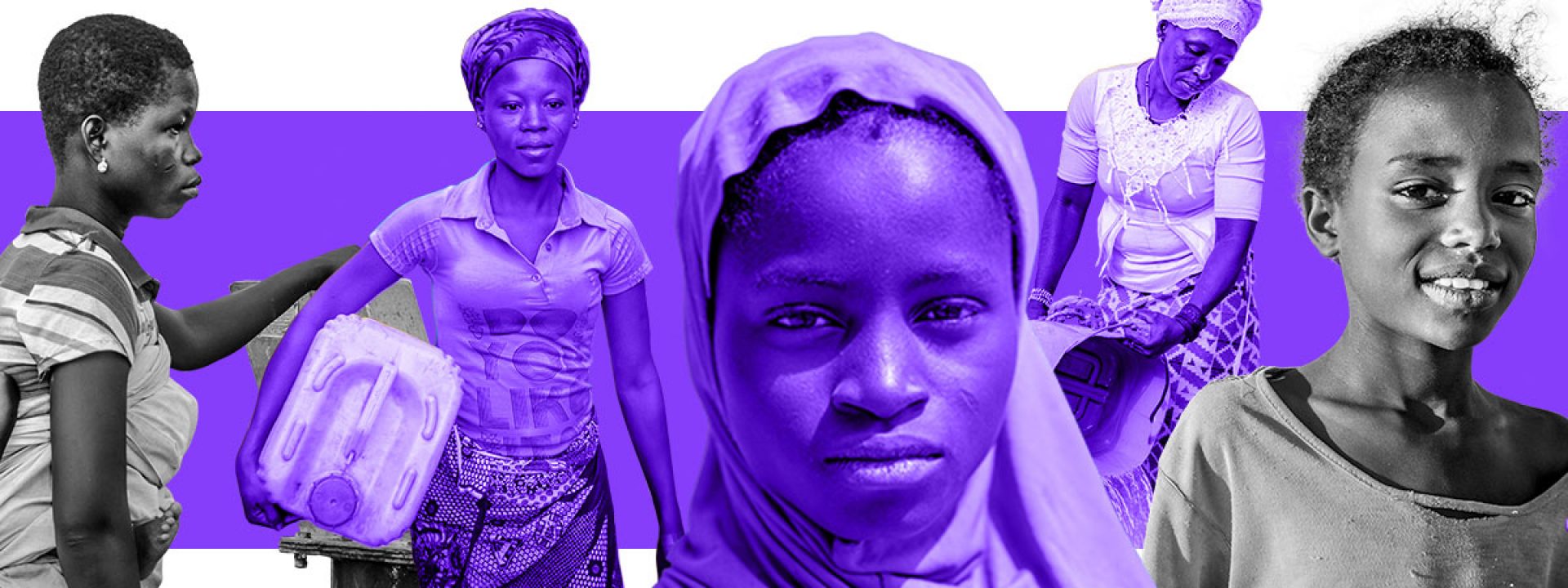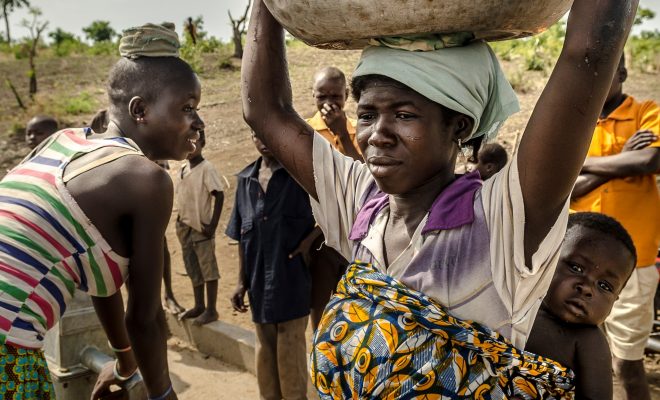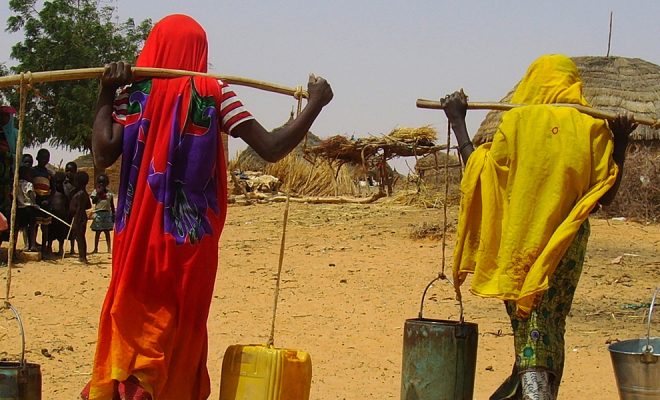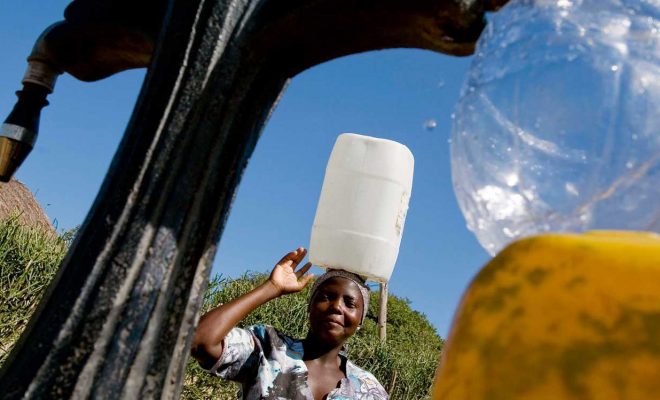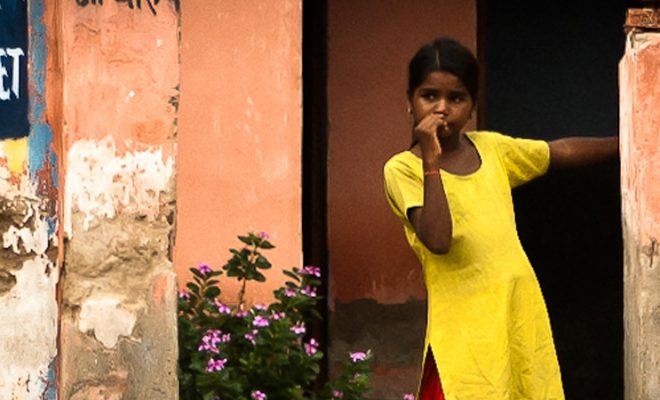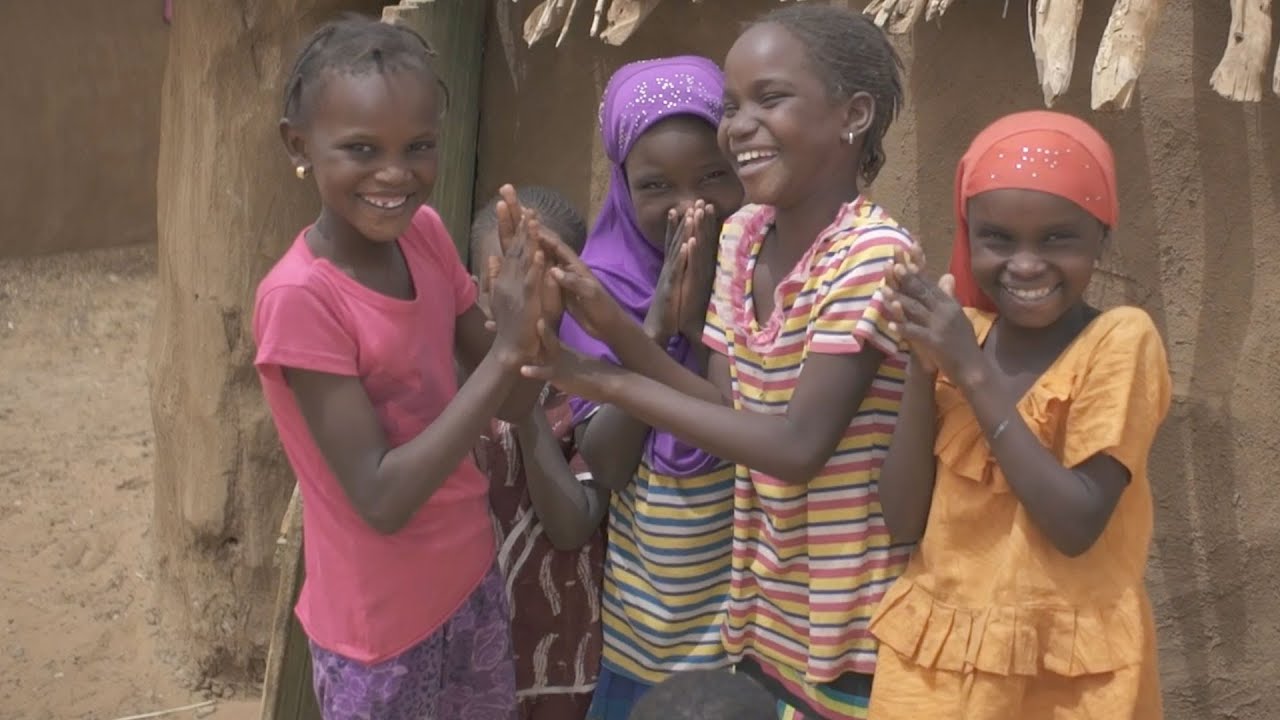
“Gender equality today for a sustainable tomorrow.” The theme for International Women’s Day this year forces us to take a broader view of the current situation of the world’s most disadvantaged women. The complexity of the problems affecting them shows a difficult road to travel, similar to that of achieving a sustainable future, the core of the Agenda 2030.
General data provided by the UN reveal an offensive and complex inequality: 70% of the 1.3 billion people living in poverty are women. In urban areas, 40% of the poorest households are led by women; women are 50-80% directly involved in global food production but own less than 10% of the land; 80% of people displaced by disasters and climate-related changes worldwide are women and girls. The Covid-19 pandemic has also affected women more, with 60% of women working in the informal economy, a group that, according to the International Labour Organisation (ILO), reaches 2 billion people worldwide.
This discrimination is even more severe regarding access to water, sanitation, and hygiene, as the lack of this universal human right directly affects their health, personal safety, and dignity and excludes them from regular access to education, preventing them from any possibility of empowerment. A review of the SDG 6 goals allows us to see objectively how women suffer in an unbearably unfair way.
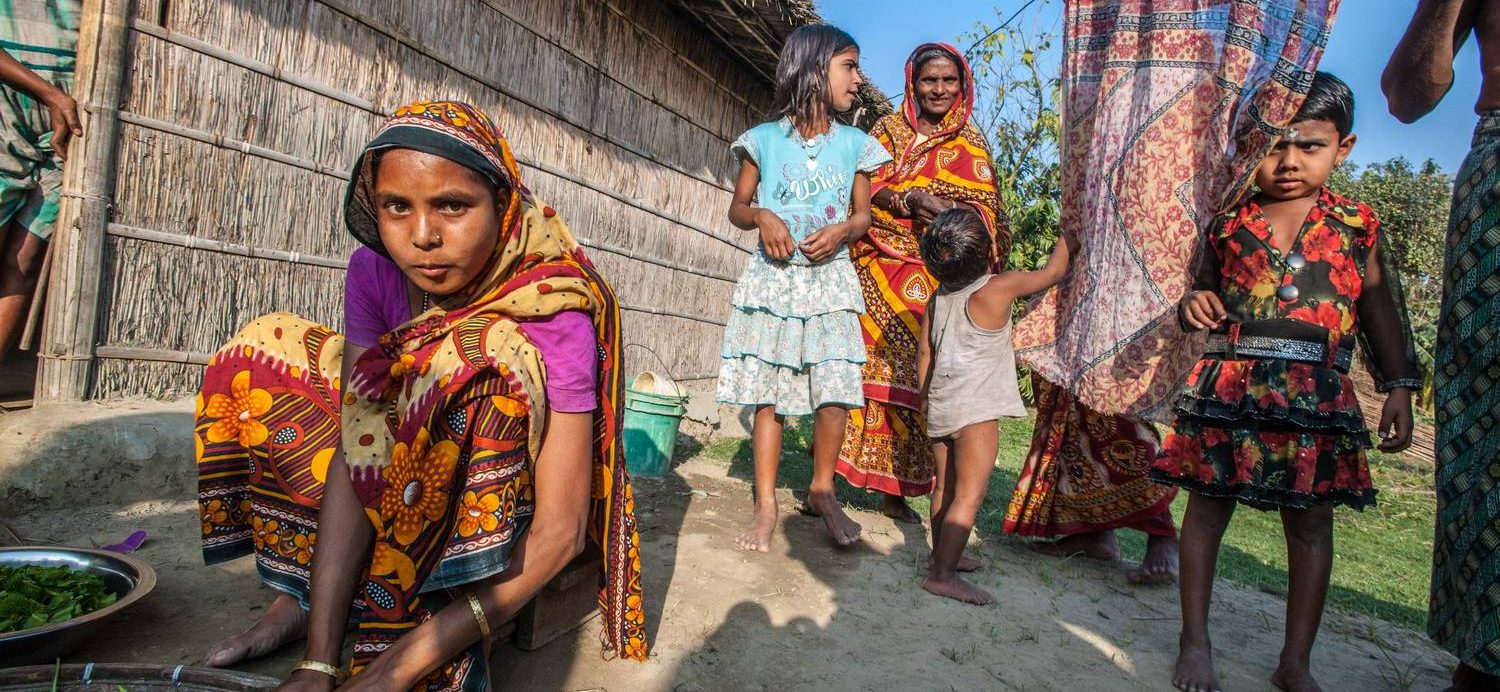
The Agenda 2030 will not be achieved without the participation of each and every woman in the world free from the injustices that oppress them. © Asian Development Bank
Access to water: walking for miles to uncertain water sources
In households without running water, it is mostly up to women and girls to fetch it. According to the Joint Monitoring Programme for Water Supply, Sanitation and Hygiene (JMP), around 771 million people do not have access to drinking water in their homes; among them more than 367 million do not have access to safe water, and almost 122 million have to resort to mostly unsafe surface water; the remaining 282 million have access to safe water but need to walk for more than 30 minutes to reach it. In all cases, it is mostly women who carry water for the family, while men take care of other tasks in the fields.
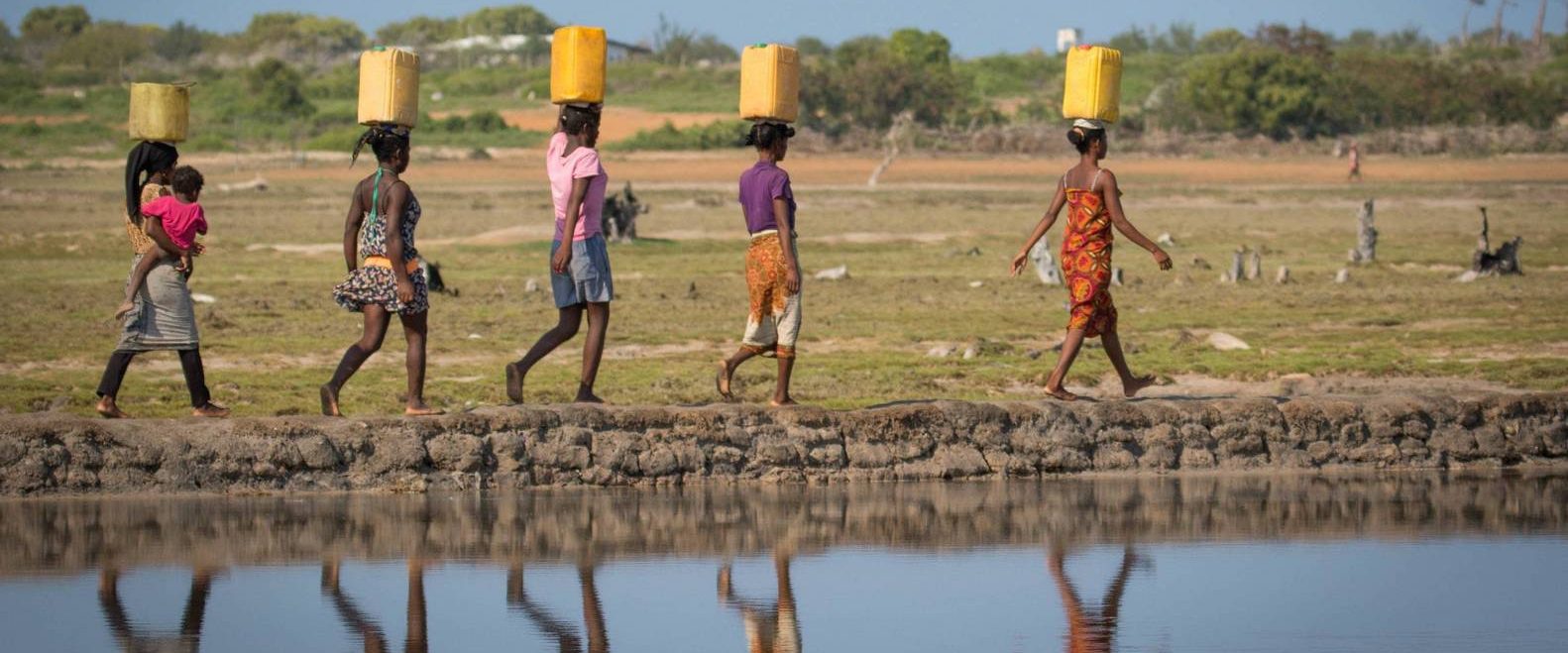
In all cases, it is mostly women who carry water for the family, while men take care of other tasks in the fields. The most familiar consequences of this situation are those linked to images of women and girls carrying heavy jerry cans, walking in the scorching.© Skip Russell
The most familiar consequences of this situation are those linked to images of women and girls carrying heavy jerry cans, walking in the scorching sun. Worldwide, 40 billion hours are spent fetching water every year. These are hours lost to work, school, home and community. Time wasted by women for their personal development, health, and future prospects. For example, if this were to happen in Spain, the country would grind to a halt and go bankrupt, as the figure exceeds by 2.6 billion the working hours of the entire working population in 2015 (37.4 billion hours).
Our #NoWalking4Water campaign directly addresses this scourge, which causes pain, insecurity, and school absenteeism and prevents adult women from participating in productive activities or family and social structuring, essential factors for escaping poverty and creating communities resilient to the ravages of droughts and floods.
Sanitation and hygiene, the harshness of inequality
According to the JMP, in 2020, almost 500 million people in 55 countries still practiced open defecation. Although this group has been significantly reduced in recent years (738 million in 2015), progress is still slow towards the total eradication of open defecation by 2030. Women and girls suffer the most from its consequences, as their health, safety, and dignity are compromised by being forced to go out to relieve themselves. In addition, the lack of privacy leads most women to postpone their physiological needs until the evening, but the risk they run is high: they are exposed to attack by vermin, robbery and sexual assault. For example, in the poorest areas of India, such as in the villages of Anantapur district, where we work on sanitation projects with the Vicente Ferrer Foundation, it is common for women to have to walk up to one kilometer in the dark in the early hours of the morning to reach the open fields.
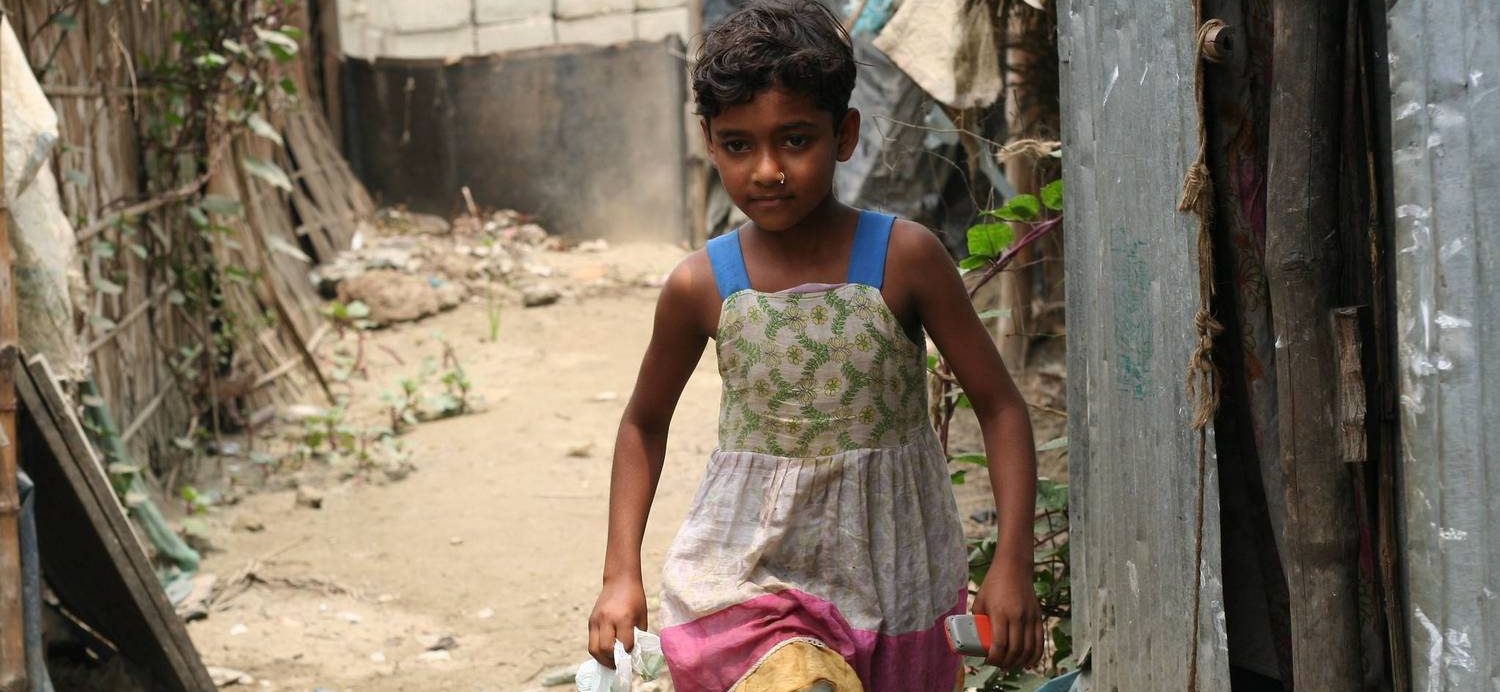
The access to water and sanitation reveals some of the most excruciating inequalities, which are often little known.In the photo, a young girl brings used toilet bags to the garvabe collector. © SuSanA Secretariat
Often, the fear of going out is enough to hold back the need to urinate or defecate. If they do not pass feces or urine when their bodies demand it, they are predisposed to multiple diseases and chronic malnutrition due to inadequate functioning of the digestive system and consequent immune deficiency. According to the Government of India’s Public Health Report 2013, in the state of Andhra Pradesh, 33.5% of women are below the ideal weight recommended by the WHO, as well as 63% of unmarried women between 15 and 49 years of age. Moreover, 56.4% of pregnant women are anemic. These figures are much higher than those for men of the same economic level, which are around 20%.
Inequality in schools
In schools all around the world, 366 million students have no sanitation facilities and 462 million lack hygiene services for handwashing. These deficiencies particularly affect girls. If they have to defecate in the open, this is enough to keep them out of school, but the lack of gender-separated latrines and the lack of privacy that prevents effective menstrual hygiene are also reasons for missing school.
This is exacerbated in regions of the world where menstruation is considered dirty and degrading, and is a severe problem in poor areas where sanitary napkins are an unaffordable luxury for women. This is the case, for example, in many regions of India where only 12% of women use sanitary napkins because of their high price, and where their use is virtually non-existent among the lower castes. In these cases, women often resort to unhygienic measures to contain their menstrual flow, using old rags or cloth which are not washed regularly, because they are ashamed to make their menstruation public with the washing; or they are washed with contaminated water, so that this garment becomes another element of disease transmission. One of the objectives of the project we are developing with Habitat for Humanity India is for women to make their own sanitary pads with materials within their reach and be able to market them.
Many women do not exist
The outbreak of the Covid-19 pandemic has revealed another endemic problem in the poorest countries: the lack of reliable censuses in the most neglected areas, which renders many of the nomadic or migrant population “invisible”. In some African countries, women and girls are further marginalized by sexist statistics that do not count those who give birth before the age of 15 because they are not yet considered to be of reproductive age.
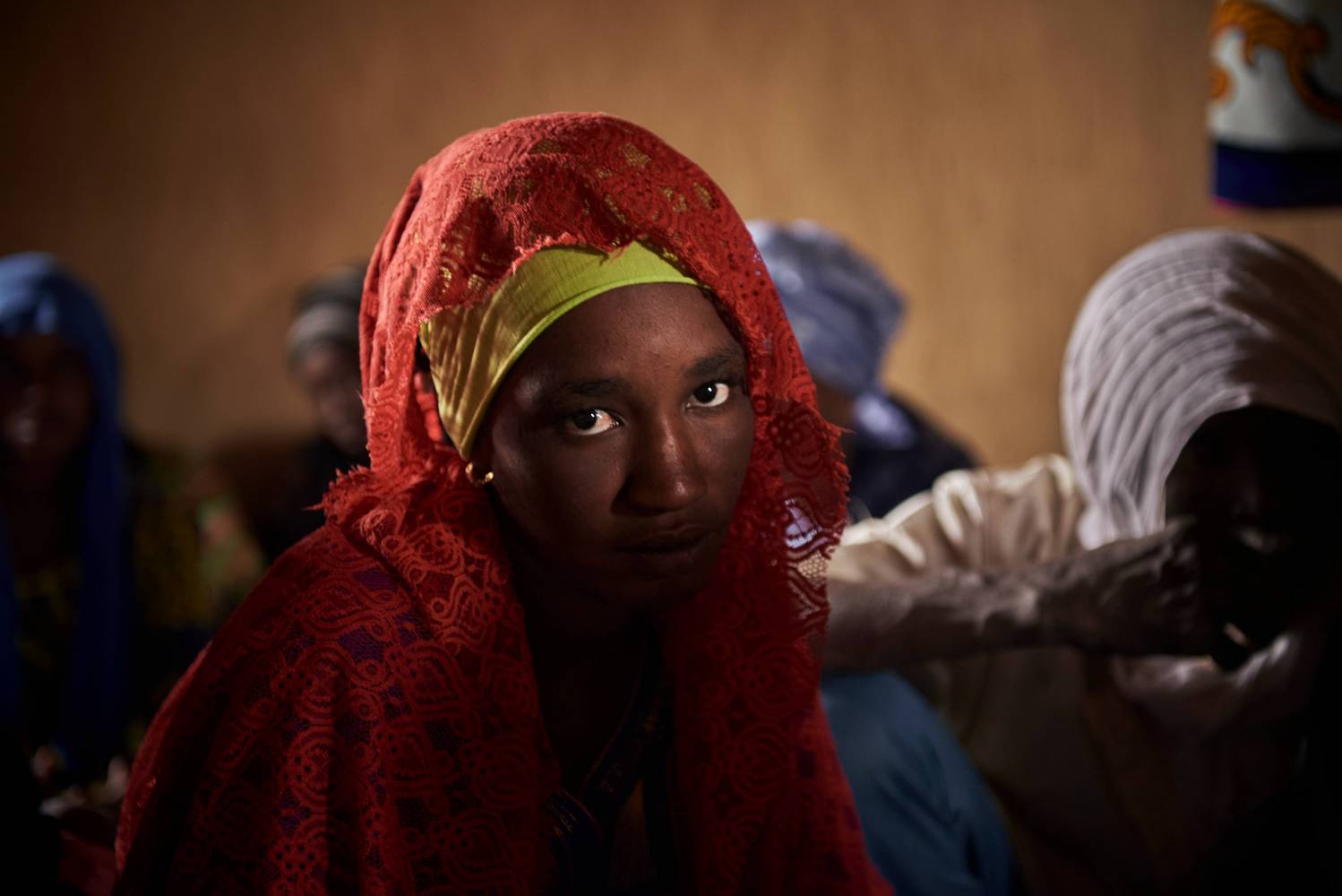
In some African countries, women and girls are further marginalized by sexist statistics that do not count those who give birth before the age of 15 because they are not yet considered to be of reproductive age. © Carlos Garriga / We Are Water Foundation
This problem has seriously hampered the effectiveness of programs to help women access water by not accurately counting the hours women spend fetching water, cooking or ploughing the land. If no one knows if they exist, or where they live or what they do, they can’t be helped.
The same is true of urban hygiene promotion schemes in the slums of large cities, where many people who have been forced to dig wells or consume surface water on their own, and who escape sanitary control, are not included in official records. There is a need for “gender disaggregated data,” which, concerning water and sanitation, is essential for the development of human geography and for scientific evidence on gender inequalities. We need to know what is really happening and thus have a reliable baseline to develop efficient policies.
When SDG 6 becomes SDG 5 and vice versa
Climate change also reveals that women are key in droughts, carrying and distributing scarce water; they are the backbone of their communities in famines, rationing food and managing their families’ nutrition; they know the water sources and wells and, in the case of natural disasters, they are the basis for reconstruction and resilience. With the worrying scientific confirmation of AR 6 reported last week by the IPCC, this role will become more crucial by the day.
Achieving the SDG 6 targets (access to universal water and sanitation) is essential to achieving SDG 5 (gender equality) and vice versa: the two goals need each other; it is the way forward.


